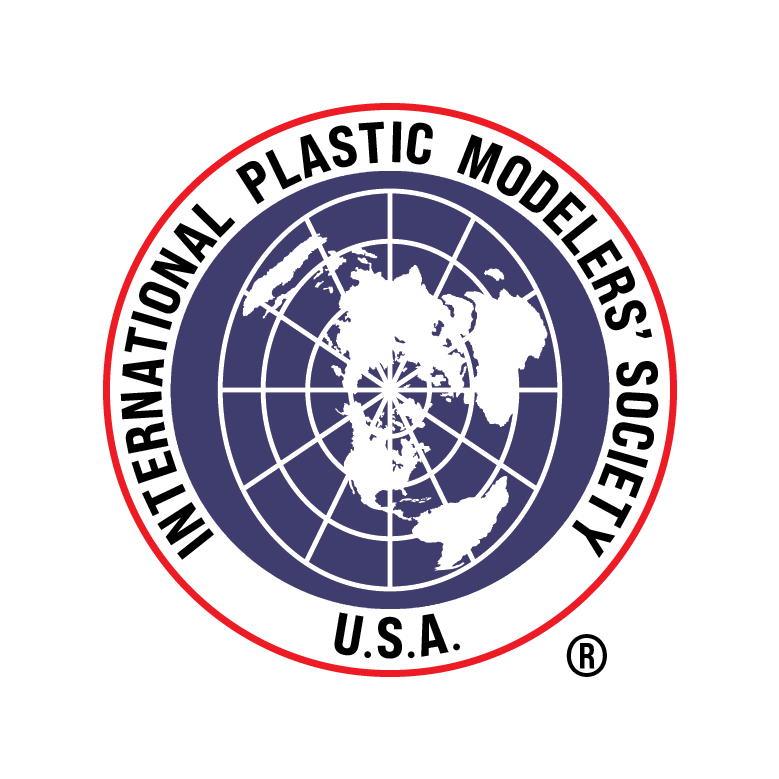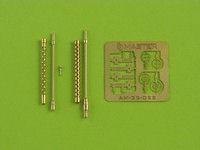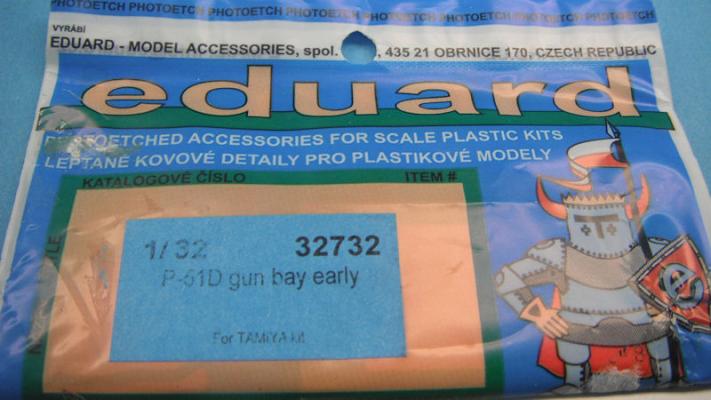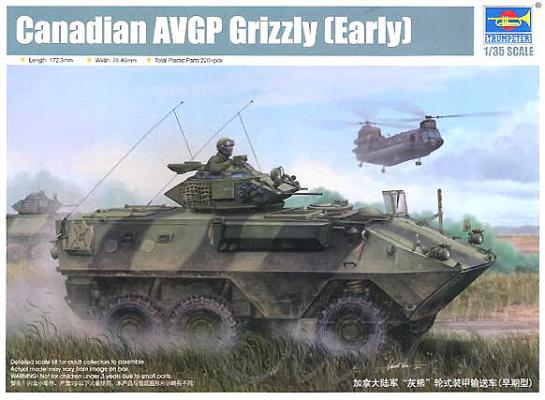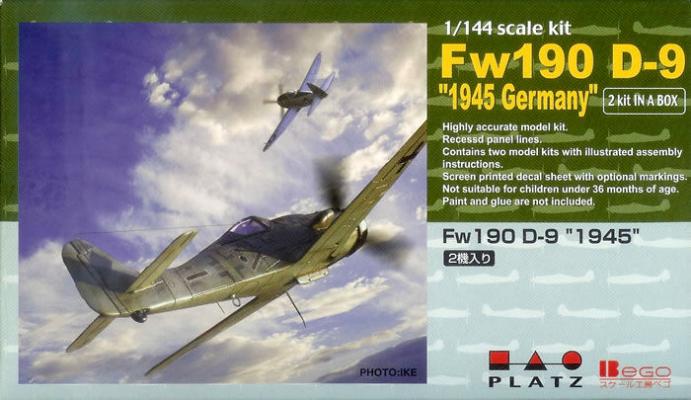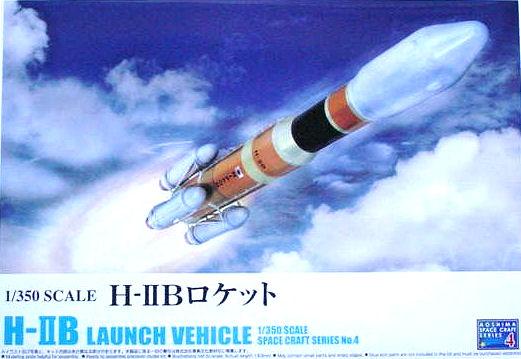At least to me, Master Model has been putting out some of the most affordable gun barrel upgrades in the industry without sacrificing detail. This set is no exception, providing a quick upgrade to the armaments on what is already a well detailed kit. The set includes barrels for both guns, cooling jackets, ring sights and their mounts (extras included) – don’t overlook the tiny turned bead for the handheld MG either (mine almost was eaten by the carpet monster).
When compared to the kit parts, you can see the difference in refined detail and size. Both of the kit-supplied barrels look clunky in comparison. No other modifications are really required aside from replacing the barrels on the kit parts, so it couldn’t be any easier.
Recommended without reservation.
Thank you to Master Model for the review sample (I just won an AR 196 in our club raffle – so the timing was excellent!) and to IPMS/USA for the opportunity to review this upgrade.
